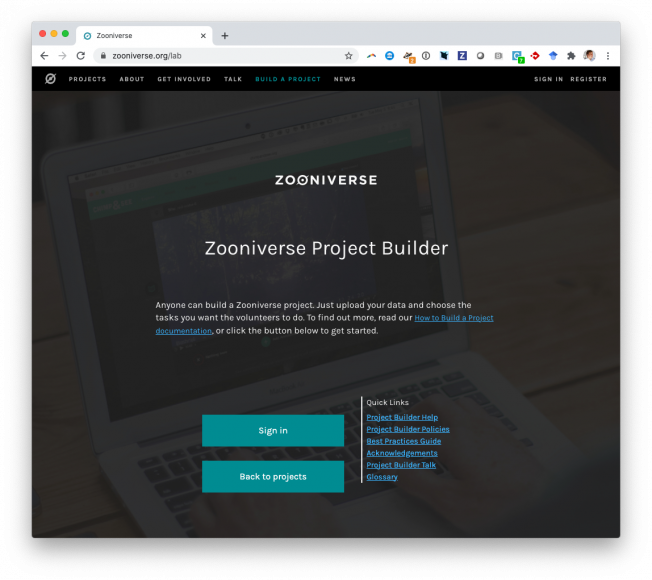Galaxy Zoo: Bars in Disk Galaxies
ArXiv 1003.0449 (2010)
Abstract:
We present first results from Galaxy Zoo 2, the second phase of the highly successful Galaxy Zoo project (www.galaxyzoo.org). Using a volume-limited sample of 13665 disk galaxies (0.01< z < 0.06 and M_r<-19.38), we study the fraction of galaxies with bars as a function of global galaxy properties like colour, luminosity and bulge prominence. Overall, 29.4+/-0.5% of galaxies in our sample have a bar, in excellent agreement with previous visually classified samples of galaxies (although this overall fraction is lower than measured by automated bar-finding methods). We see a clear increase in the bar fraction with redder (g-r) colours, decreased luminosity and in galaxies with more prominent bulges, to the extent that over half of the red, bulge-dominated, disk galaxies in our sample possess a bar. We see evidence for a colour bi-modality for our sample of disk galaxies, with a "red sequence" that is both bulge and bar-dominated, and a "blue cloud" which has little, or no, evidence for a (classical) bulge or bar. These results are consistent with similar trends for barred galaxies seen recently both locally and at higher redshift, and with early studies using the RC3. We discuss these results in the context of internal (secular) galaxy evolution scenarios and the possible links to the formation of bars and bulges in disk galaxies.Black hole growth and host galaxy morphology
ArXiv 1002.1488 (2010)
Abstract:
We use data from large surveys of the local Universe (SDSS+Galaxy Zoo) to show that the galaxy-black hole connection is linked to host morphology at a fundamental level. The fraction of early-type galaxies with actively growing black holes, and therefore the AGN duty cycle, declines significantly with increasing black hole mass. Late-type galaxies exhibit the opposite trend: the fraction of actively growing black holes increases with black hole mass.Galaxy Zoo: Dust in Spirals
ArXiv 1001.1744 (2010)
Abstract:
We investigate the effect of dust on spiral galaxies by measuring the inclination-dependence of optical colours for 24,276 well-resolved SDSS galaxies visually classified in Galaxy Zoo. We find clear trends of reddening with inclination which imply a total extinction from face-on to edge-on of 0.7, 0.6, 0.5 and 0.4 magnitudes for the ugri passbands. We split the sample into "bulgy" (early-type) and "disky" (late-type) spirals using the SDSS fracdeV (or f_DeV) parameter and show that the average face-on colour of "bulgy" spirals is redder than the average edge-on colour of "disky" spirals. This shows that the observed optical colour of a spiral galaxy is determined almost equally by the spiral type (via the bulge-disk ratio and stellar populations), and reddening due to dust. We find that both luminosity and spiral type affect the total amount of extinction, with "disky" spirals at M_r ~ -21.5 mags having the most reddening. This decrease of reddening for the most luminous spirals has not been observed before and may be related to their lower levels of recent star formation. We compare our results with the latest dust attenuation models of Tuffs et al. We find that the model reproduces the observed trends reasonably well but overpredicts the amount of u-band attenuation in edge-on galaxies. We end by discussing the effects of dust on large galaxy surveys and emphasize that these effects will become important as we push to higher precision measurements of galaxy properties and their clustering.Galaxy Zoo: Dust in spiral galaxies
Monthly Notices of the Royal Astronomical Society 404:2 (2010) 792-810
Abstract:
We investigate the effect of dust on spiral galaxies by measuring the inclination dependence of optical colours for 24 276 well-resolved Sloan Digital Sky Survey (SDSS) galaxies visually classified via the Galaxy Zoo project. We find clear trends of reddening with inclination which imply a total extinction from face-on to edge-on of 0.7, 0.6, 0.5 and 0.4 mag for the ugri passbands (estimating 0.3 mag of extinction in z band). We split the sample into 'bulgy' (early-type) and 'discy' (late-type) spirals using the SDSS fracdeV (or fDeV) parameter and show that the average face-on colour of 'bulgy' spirals is redder than the average edge-on colour of 'discy' spirals. This shows that the observed optical colour of a spiral galaxy is determined almost equally by the spiral type (via the bulge-disc ratio and stellar populations), and reddening due to dust. We find that both luminosity and spiral type affect the total amount of extinction, with discy spirals at Mr∼-21.5 mag having the most reddening - more than twice as much as both the lowest luminosity and most massive, bulge-dominated spirals. An increase in dust content is well known for more luminous galaxies, but the decrease of the trend for the most luminous has not been observed before and may be related to their lower levels of recent star formation. We compare our results with the latest dust attenuation models of Tuffs et al. We find that the model reproduces the observed trends reasonably well but overpredicts the amount of u-band attenuation in edge-on galaxies. This could be an inadequacy in the Milky Way extinction law (when applied to external galaxies), but more likely indicates the need for a wider range of dust-star geometries. We end by discussing the effects of dust on large galaxy surveys and emphasize that these effects will become important as we push to higher precision measurements of galaxy properties and their clustering. © 2010 The Authors. Journal compilation © 2010 RAS.Galaxy Zoo: Passive red spirals
Monthly Notices of the Royal Astronomical Society 405:2 (2010) 783-799



